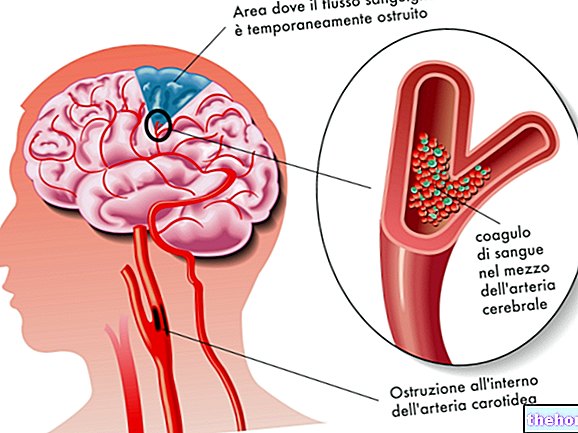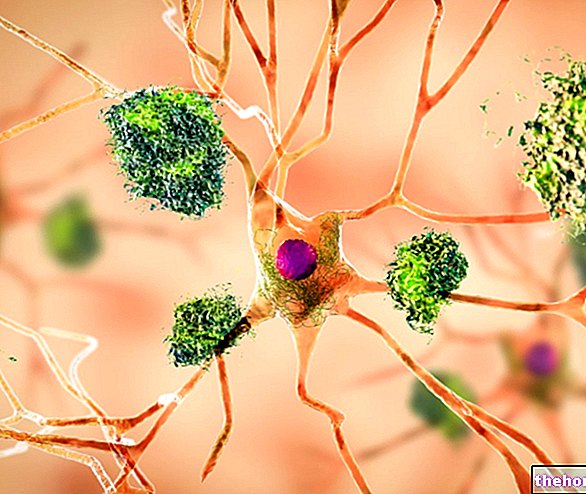Edited by Dr. Sarah Beggiato
Genes involved in schizophrenia
Currently the genes involved in schizophrenia are COMT (cathecol-O-methyltransferase; NRG1 (neuregulin 1) and DISC 1 (disrupted in schizophrenia 1). Some of the main features related to the genes involved will be briefly explained below.
- COMT is the gene that codes for an enzyme that degrades catecholamines. It is expressed at high concentrations in the prefrontal cortex and in the hippocampus, more specifically in the extra-synaptic space. Since there are few transporters for the neurotransmitter dopamine in the prefrontal cortex, it has been hypothesized that COMT has the function of compensating for dopamine in the cortex. Prefrontal Studies have also shown that a single nucleotide-type polymorphism on the COMT gene causes a reduction in enzyme activity in the brain and lymphocytes. This decrease in enzymatic activity results in a higher dopamine level in the prefrontal cortex.
- NRG1 and its ERB4 receptor play a very important role during the development of the central nervous system. In particular they seem to be important for the shape of GABAergic interneurons which contain parvalbumin. Not only that, in the post-natal period, NRG1 has been seen to play an important role in plasticity in the glutamatergic synapse and is also involved in the differentiation of oligodendrocytes.
- DISC1 is an anchor protein, with multiple functions. It is involved in processes such as proliferation of neural progenitors, differentiation and dendritic arborization.At the level of the prefrontal cortex, it affects verbal fluency.
Abnormalities in the central nervous system
Alongside the genetic alterations described, it has also been observed that individuals affected by schizophrenia have alterations in the structure and functioning of the brain.

- Pyramidal neurons account for approximately 75% of the neurons in the cortex. They are neurons that use glutamate, an excitatory neurotransmitter, important for the correct execution of cognitive functions. Numerous studies have demonstrated the presence of anatomical alterations at the level of these neurons; for example, schizophrenic patients had reduced dendritic spines, shorter dendrites, and poorer arborization than a healthy subject. This has led to the hypothesis that the individual affected by schizophrenia has a reduction in excitatory inputs, and therefore an alteration in the glutamate system.
- GABAergic interneurons, using GABA, an inhibitory neurotransmitter, represent about 25% of neurons in the cortex. They regulate the activity of pyramidal neurons. It is now known that in schizophrenia there is an alteration of the GABAergic inhibitory neurons in the cortex. In particular, a reduction in the levels of GAD67, the main enzyme that synthesizes GABA, is documented.
- Axons originating from neurons in the thalamus and dopaminergic neurons in the midbrain modulate the activity of pyramidal neurons and GABAergic interneurons. It has been shown that schizophrenic individuals show a reduction in the dopaminergic signal which could be due to or a reduction in the number of axons or a reduced dopamine synthesis. It has also been hypothesized that the reduced availability of dopamine may depend on an alteration in the COMT gene, responsible for dopamine levels in the cortex.
Since the deficits related to working memory seem to be a peculiar characteristic of the pathology under examination, it is logical that trying to understand the nature of the alterations in the neuronal circuitry in the cortex may be useful for the identification of new target molecules.
Recently, alongside the classic neurotransmitter systems mentioned above, it has been shown that other signaling systems can also be altered in schizophrenia. Among these, the kynurenin pathway, responsible for the synthesis of kynurenic acid, seems to play an important role. It has in fact been shown that kynurenic acid is present in high concentrations in the brain of individuals with schizophrenia.
Kynurenic acid
Kynurenic acid is a product that derives from the metabolism of the amino acid tryptophan, has a neuroinhibitory action at the level of the central nervous system and is implicated in some neurodegenerative diseases. Numerous studies suggest that drugs capable of reducing the high levels of kynurenic acid found in the brains of schizophrenic patients could be combined with the current antipsychotic regimen to treat the cognitive disorders of this disorder. antipsychotics are able to act towards positive symptoms such as hallucinations and delusions, but they are not able to act on the cognitive deficit. There are many hopes for this new therapeutic strategy that involves kynurenic acid. In fact, there are studies conducted on animal models in which cognitive abilities were tested following treatment with kynurenic acid. From these studies it emerged that only 28% of the animals in which an overproduction of kynurenic acid was induced, had not been able to solve problems that the control animals did calmly solve.




























